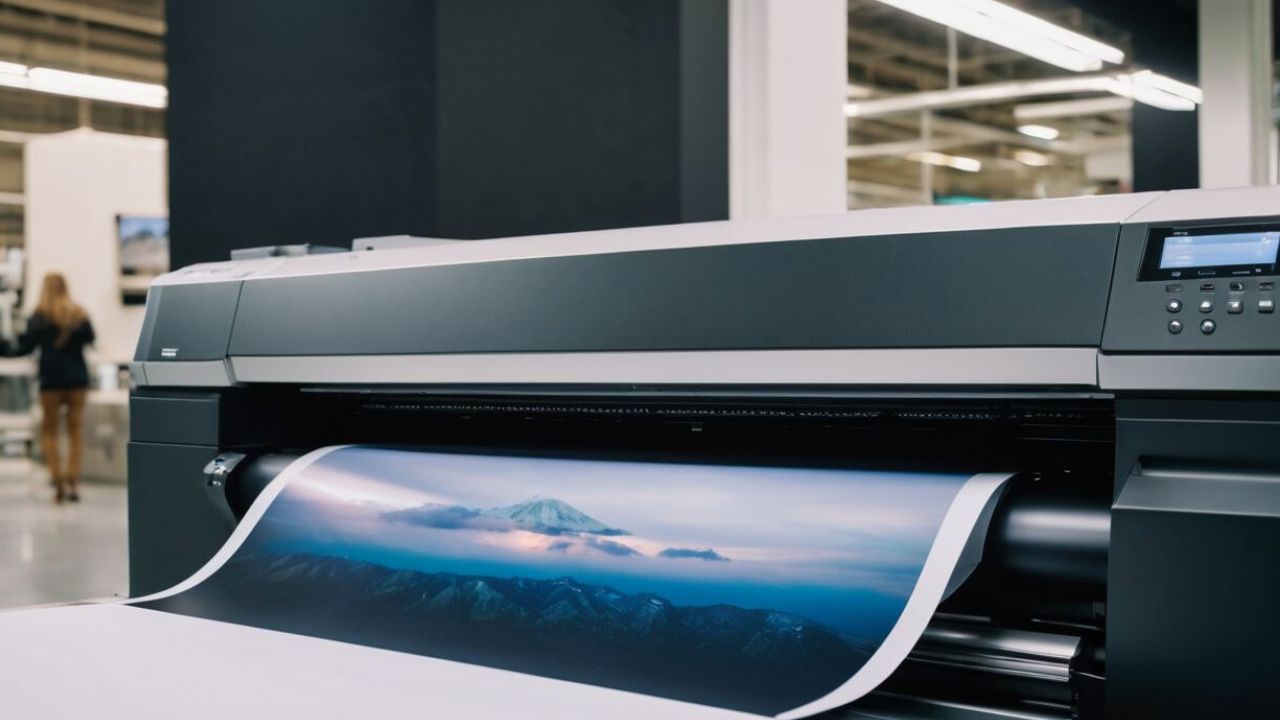Indeed, what is the best file type for ordering prints? When it comes to uploading images to a website for printing, choosing the right file format is crucial. The quality of the final print can depend significantly on the format you select.
So, let’s find out which are the most suitable file types and the factors to consider when preparing your images for print orders.
Why JPEGs Work for Smartphone Photos?
For those using smartphone-captured photos, the standard JPEG format is more than adequate. However, ensure that you are uploading the original JPEG file, not one that has been previously compressed or shared via messaging or email, as this could compromise the image quality.
Please keep in mind not to send screenshots; instead, send the original photos captured with your smartphone and everything should work perfectly.
Converting HEIC to JPEG for Optimal Printing
For iPhone users, the default camera format is HEIC (High-Efficiency Image Format). This format offers high-quality images while conserving storage space, unlike JPEG. However, when it comes to printing, you might face compatibility issues.
To ensure seamless printing, it’s advisable to convert the files from HEIC to JPEG – universally compatible format supported by most printing services.
While most iPhone’s offer the option to capture images directly in JPEG format by adjusting the camera settings, you can also use various online image converters to swiftly transform HEIC into JPEG.
Image converters, such as ‘Online Convert,’ provide a convenient solution for anyone looking to make this format transition effortlessly.
Harnessing the Power of Editing Apps
Professional photo editing tools such as Adobe Lightroom, Affinity Photo or Photoshop offer a myriad of options for image enhancement. Even if you are working with a RAW file, exporting to a maximum-quality JPEG is feasible and effective. But, be cautious not to repeatedly export the same JPEG, as each export can slightly diminish the image quality.
The Case for TIFF Files – is it the best file type for ordering prints?
While JPEGs are suitable for most cases, TIFF files offer an even higher standard, especially for those seeking top-notch quality. An original, maximum-quality JPEG can rival the quality of a TIFF file. However, if you prefer the assurance of the highest quality, TIFF is the way to go.
Navigating 8-Bit and 16-Bit TIFF Files
When dealing with TIFF files, it’s essential to understand the distinction between 8-bit and 16-bit formats. The website might not accept 16-bit TIFFs directly, necessitating alternative means of sharing, like Google Drive.
However, if you convert a 16-bit TIFF to an 8-bit version, be sure to do it correctly, particularly when working with layered files in Photoshop. Flattening a copy of the original file before exporting ensures a seamless transition to an 8-bit TIFF without compromising quality.
The Best File Type for Ordering Prints: Making the Right Choice
In conclusion, the best file type for ordering prints depends on the original source and your specific requirements. Stick to the original JPEG for smartphone photos, utilize the full potential of editing applications for enhanced options, and opt for TIFF files if you prioritize the utmost image quality.
We trust you have gained a better understanding regarding the best file types for achieving flawless printed outcome!

